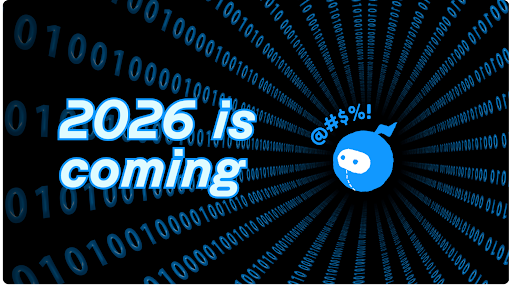AI initiatives are no longer side experiments. By 2026, they’ll shape how companies forecast revenue, personalize customer experiences, and run their day-to-day operations. Customers will expect smarter interactions. Boards will demand sharper insights. Competitors will move faster than ever.
And here’s the truth: whether you’re a C-level leader setting strategy or an admin/RevOps pro keeping Salesforce running day-to-day, your role in AI readiness is critical. Leaders need reliable insights and ROI. Operators need systems that are clear, governable, and scalable. Both sides depend on the same thing: strong metadata management.
Metadata isn’t just some background noise hiding in your CRM. It’s the context that gives data its meaning. Without it, AI is left to guess. With it, AI delivers insights that are reliable, actionable, and aligned with business goals.
The good news: you don’t have to wait until next year to get started. Proactive steps today will ensure your AI initiatives scale seamlessly instead of stalling out.
Step 1: Align your teams
AI initiatives often stumble before they start because teams aren’t aligned. IT rushes into integrations while executives set goals that never connect to the system. That disconnect guarantees frustration and rework.
Skip that trap. Bring admins, architects, developers, and executives into the same conversation. Decide what you actually want AI to achieve in 2026: sharper forecasting, smarter lead scoring, automated service flows?
When everyone rows in the same direction, executives define outcomes, admins configure Salesforce to match, and developers build architecture that scales. Alignment makes metadata management purposeful — not reactive.
Step 2: Uncover the slowdowns
Every Salesforce org collects clutter: redundant fields, outdated validation rules, overlapping automations, orphaned objects. These aren’t just messy — they actively undermine Salesforce AI readiness.
Clutter confuses AI. Noisy metadata muddies the context models need, leading to weak insights and unpredictable automations.
Proactive teams shine a light on these issues before they stall projects. Where are automations overlapping? Which dependencies cascade across the org? What happens when something changes? By diagnosing slowdowns early, you create a clear roadmap instead of a fire drill.
Step 3: Build a foundation AI can trust
With goals aligned and slowdowns identified, it’s time to act.
Start with a cleanup. Retire unused fields, archive outdated rules, and cut redundant automations. A leaner org ensures AI focuses on what matters.
Then establish governance. Naming conventions, change management practices, and clear documentation may not be glamorous, but they prevent chaos from creeping back.
Finally, connect business priorities directly to metadata design. AI isn’t a plug-and-play add-on. If predictive forecasting is a strategic goal, the way your objects and relationships are built should reflect that. When executives, admins, and architects share a metadata strategy, AI initiatives in 2026 will deliver impact instead of half-baked results.
Ensure your 2026 AI success with Sweep
Even proactive teams face Salesforce complexity that creeps back in. New fields get added. Automations shift. Dependencies multiply. Without visibility, these changes create risks that undermine AI initiatives.
That’s where Sweep’s metadata agents come in. They surface hidden slowdowns across fields, automations, and objects — making risks visible before they cause problems. Sweep also delivers living impact analysis through AI-powered documentation, process mapping, and a visual workspace. Every change shows its ripple effects instantly.
For admins, Sweep creates clarity. For developers and architects, it delivers structure that scales. For executives, it builds confidence that AI investments will deliver ROI. Sweep transforms metadata from an invisible liability into a living foundation for Salesforce AI readiness.
The big picture
By 2026, AI initiatives will be the baseline for competitiveness. The question won’t be “are you doing AI?” but “are you doing it well enough to win?”
Success won’t come from bigger budgets or flashier algorithms. It will come from proactive groundwork. AI without context fails. Metadata provides that context. Salesforce delivers the building blocks, but metadata management makes them usable, reliable, and scalable.
The companies aligning teams, uncovering slowdowns, and managing metadata today will be the ones leading in 2026.
Ready to make your Salesforce org AI-ready? Visit Sweep.io (https://sweep.io) to see how metadata agents and a native visual workspace can turn Salesforce complexity into clarity — and make your 2026 AI initiatives a success.

